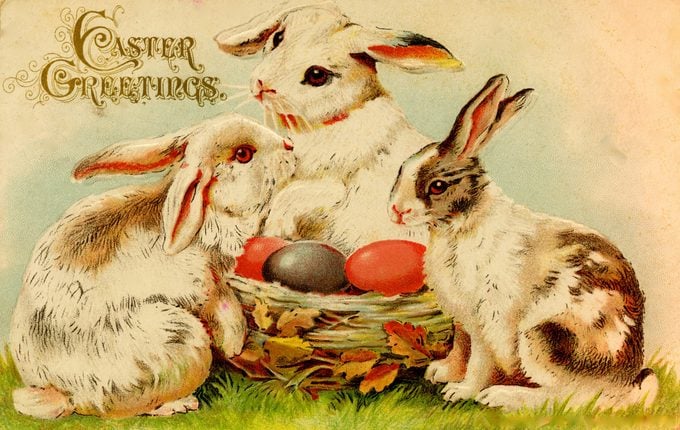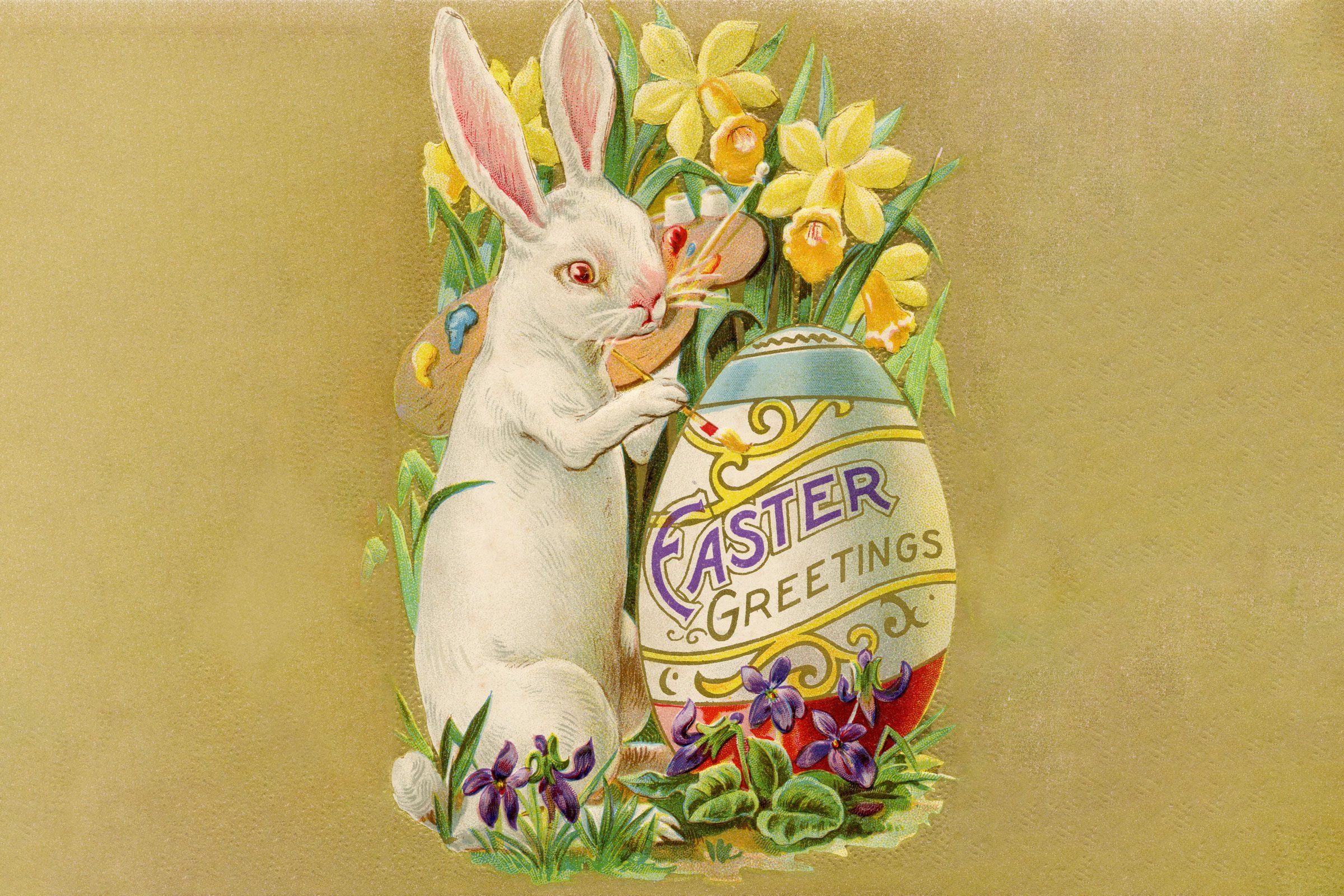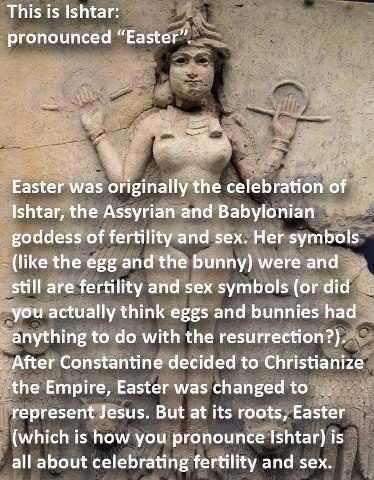I used to wonder why a rabbit? Or an egg for that matter, came to be the face of Easter and now I have the history of both or at least the manufactured history of both. Anyway, my childhood memories of the Easter Egg Hunt play a happy role in my memories, and I hope you enjoyed that traditional fun when you were a kidlet. Happy Easter!


 www.rd.com
www.rd.com


The Easter Bunny’s Origins: The Interesting History Behind This Easter Symbol
The Easter Bunny origin story is more mysterious than you might imagine, and religion seems to have nothing to do with it.








